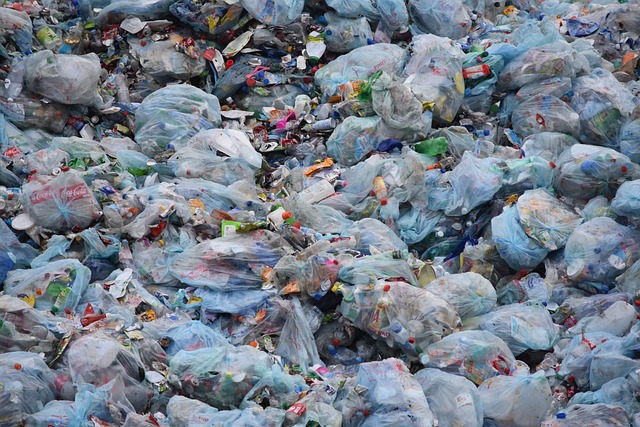Introduction
Hydroponics: It is a technique of growing crops or plants without soil by utilizing an aqueous solution and substrate.
Hydroponic Culture: In hydroponic culture, the plants, vegetables, and flowers are planted in the substratum and provided with oxygen and nutrient-rich aqueous solution. The key benefit of following hydroponic culture is it produces good quality crops in less time.
Check out What is Agroecology? Importance and Impact on Environment
It is classified under the list of horticulture and hydroculture techniques.
The Substrata Needed by Hydroponics
The selection of the substratum depends on the technique of hydroponics. The substrate used in this farming include sheep wool, sand, perlite, rice husks, coconut coir, gravel, clay aggregates, rock wool, stones, wood fiber, etc.
Also check out: What is Plant Grafting? Techniques, Uses and Importance
Techniques of Hydroponic Farming
The five main techniques of hydroponics are mentioned below.
1- Ebb and Flow
The substratum-filled tray is placed above the nutrient aqueous solution and crops are planted in a standing position. The tray is supplied with a nutrient solution that drains downward in the aqueous solution.
2- Aeroponics
It is a method of growing plants by using nutrient mist. It doesn’t require soil and substratum like other techniques of Hydroponics.
3- Static Solution Culture
In static solution culture, the crops are planted in small tanks, buckets, pots, etc that contain the nutrient solution.
4- Run-to-waste
The Bengal system is based on the technique of applying water and nutrients to plants periodically.
5- Deep Water Culture
In this method, the plant roots are suspended in an oxygenated aqueous solution enriched with nutrients.
Advantages of Hydroponics
The advantages of the hydroponic technique are briefly discussed below.
- It utilizes water more efficiently than conventional agriculture practices.
- More plants can be produced within the same space if compared with conventional agriculture.
- The hydroponic system gives faster and more yields.
- The hydroponic system doesn’t require fertilizers and pesticides. So the crop yield is free of chemicals.
- As this system doesn’t require soil so this technique can be used to produce plants indoors.
The Future of Agriculture
Since the agriculture sector in developing countries is getting affected by climate changes. The depleting water sources might result in food insecurity. Poor irrigation practices are often responsible for wasting water. Soil is getting polluted due to anthropogenic activities as well as extreme weather events. Soil erosion is making the soil less susceptible to growing crops. In this scenario, hydroponic farming is a favorable option. It doesn’t require soil and much quantity of water like that of conventional agriculture.
Also check out: Biodynamic Farming Benefits and Importance for Environment
Conclusion
Hydroponic farming is a way of producing plants, vegetables, and flowers in a short time and with multiple yields. The experts are required for the maintenance of the hydroponic system. Water can be conserved by applying this technique. The nutrients and pH of the plants can be managed through the hydroponic systems.
Recommendation
People should start growing indoor plants through hydroponic techniques. Many plants and crops can be grown at the household level. Produced crops will be healthier and free of fertilizers. Farmers can adopt this technique due to the ongoing situation of climate change. Above all, this technique requires less water can be managed indoors.
Also check out: Sustainable Agriculture Practices and their Advantages
I hope you all liked this post! Please comment below if you have any suggestions, comments, or feedback! We at #envpk love hearing from our readers! Thanks!




